
A 40,000 kilometres long belt of high seismic activity and fiery, violent volcanoes lies along the Pacific Ocean, and is given a very fitting name: the Pacific Ring of Fire. This region contains around 450 volcanoes and is responsible for approximately 90 percent of all earthquakes. The Ring of Fire surrounds the Juan de Fuca, Indian-Australian, North American, Nazca, Cocos, Philippine and the vast Pacific tectonic plates. Within this belt lies the Kamchatka peninsula, a place unknown to many, inhabited by more than 300 volcanoes, out of which 29 are active.
Denne historien er fra December 2020 - February 2021-utgaven av Saevus.
Start din 7-dagers gratis prøveperiode på Magzter GOLD for å få tilgang til tusenvis av utvalgte premiumhistorier og 9000+ magasiner og aviser.
Allerede abonnent ? Logg på
Denne historien er fra December 2020 - February 2021-utgaven av Saevus.
Start din 7-dagers gratis prøveperiode på Magzter GOLD for å få tilgang til tusenvis av utvalgte premiumhistorier og 9000+ magasiner og aviser.
Allerede abonnent? Logg på

Staying ALIVE!
The importance of getting to the root causes of conflict with wildlife, is essential. Its mitigation will guarantee the very survival of all species.

Frames from the WILD
A few amazing shots from a horde of incredible ones!
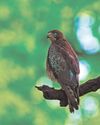
WAKE UP!
A frightening thought a world without wildlife, mornings without birdsong, and all that we take for granted! We must realise the dangers threatening the beauteous green world and its inhabitants around us!

Dolphin DILEMMA!
A crucial article to highlight the significance, and plight of Our riverine friends.

Gecko Quest!
The authors take us on the trail of a gecko from West Bengal, through the hills of the Bankura district.
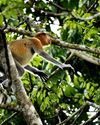
Endangered EXOTICA!
The author takes us on an exotic ride into the forests of Malaysia, allowing us glimpses of the beauties of its wildlife!
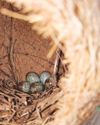
Mellifluous Magpie!
Immerse yourselves in the world of the musical and glorious Magpie Robin! The authors help acquaint us with this beautiful bird.
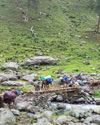
Think Different!
The author brings to us the very real concern for the horses employed around pilgrimage sites in India.
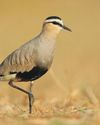
Take Heed!
The authors make a case for the conservation of the rare and lesser-known Sociable Lapwing.

Close Encounters!
The author introduces us to two amazing yet very different bird species, showing us the diversity of our ecosystems,